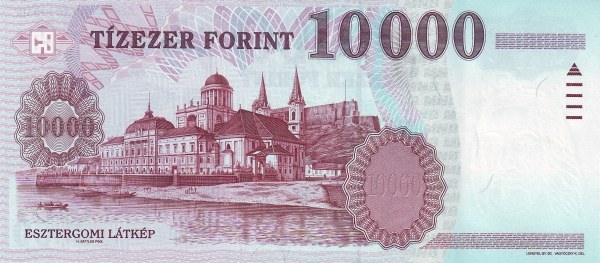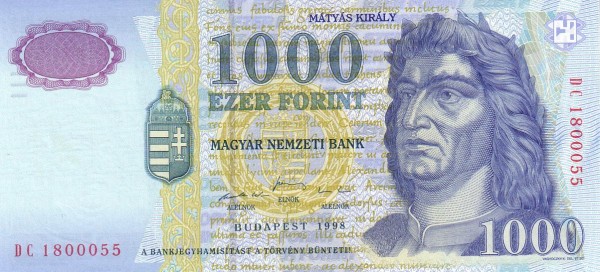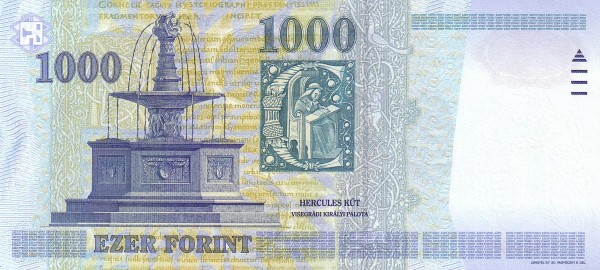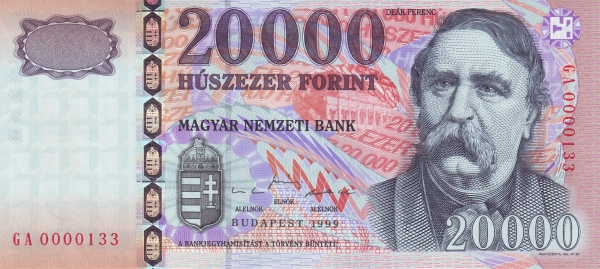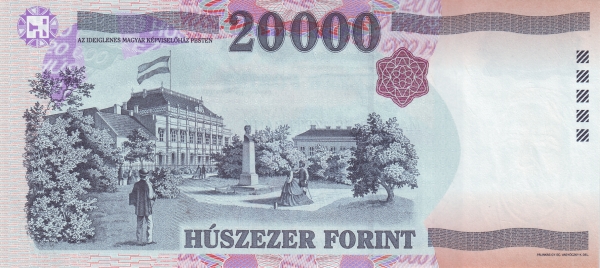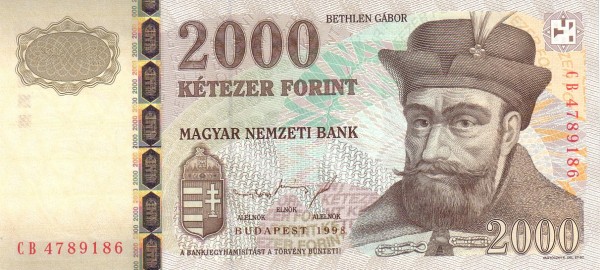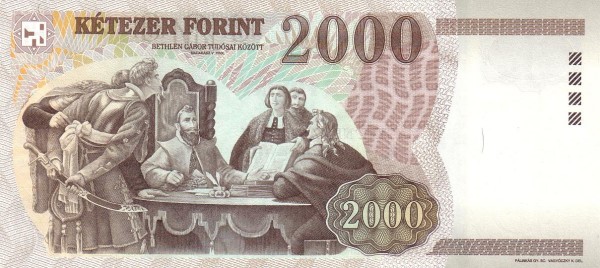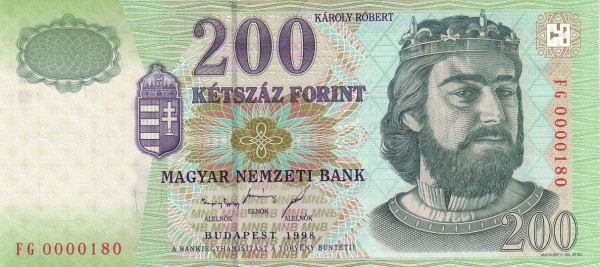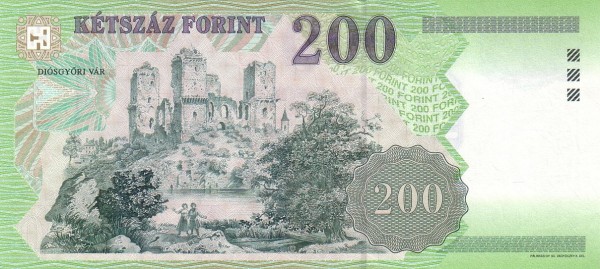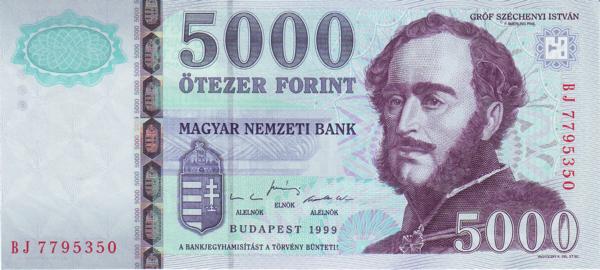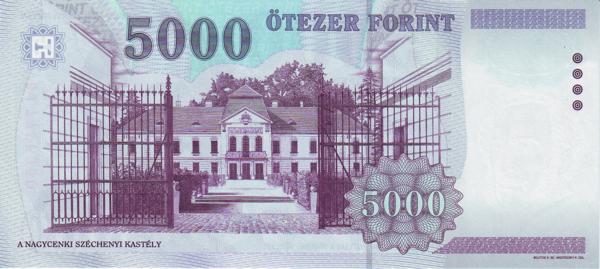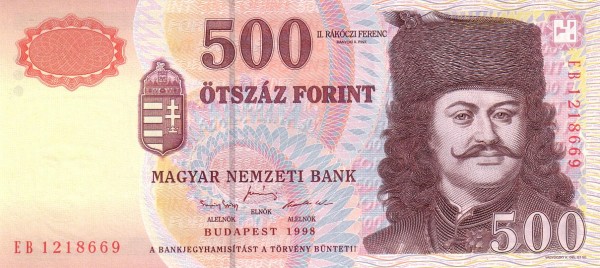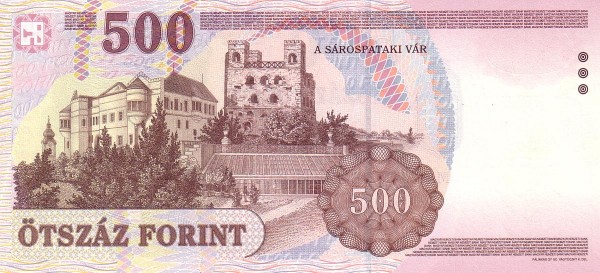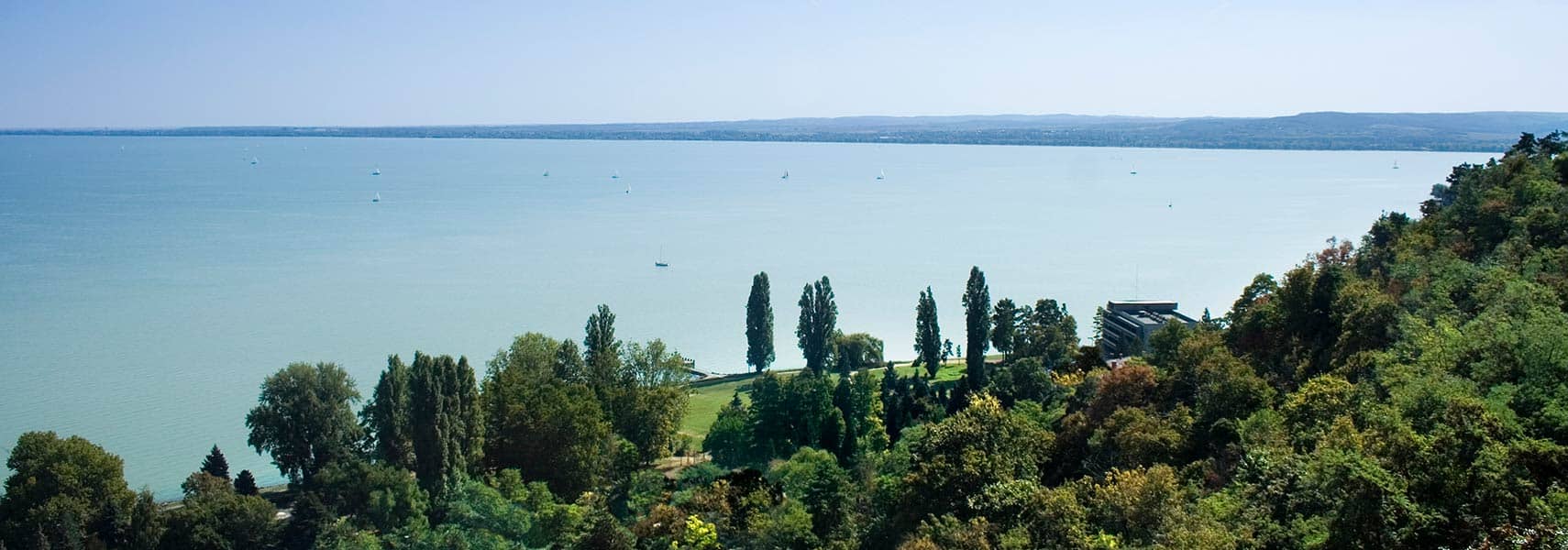Discovering Hungary: A Central European Gem
Hungary is a captivating landlocked nation nestled in the heart of Central Europe. Bordered by Austria, Croatia, Romania, Serbia, Slovakia, Slovenia, and Ukraine, this diverse country spans an area of 93,028 km². To put that into perspective, Hungary’s size resembles that of Portugal and is roughly equivalent to the U.S. state of Indiana. This remarkable nation boasts a population of almost 10 million people, as recorded in 2015, with Hungarian being the official language.
A Closer Look at Budapest and Major Cities
The vibrant capital city, Budapest, stands tall with a population of approximately 1.8 million residents. Often called the “Pearl of the Danube,” Budapest enchants visitors with its stunning architecture, rich history, and lively culture. Beyond the capital, several other cities contribute significantly to Hungary’s appeal. Debrecen, with around 115,000 inhabitants, serves as the regional hub for the Northern Great Plain. Miskolc, another key urban center, houses around 109,000 people and is known for its industrial prowess. Meanwhile, Szeged, famous for its University, attracts attention with its picturesque location along the Tisza River and a population of roughly 104,000.
Historical Background of Hungary
To truly appreciate Hungary, one must delve into its intriguing history. Once a prominent part of the Austrian-Hungarian Empire, the nation experienced significant change after its collapse during World War I. Following the war, Hungary faced numerous challenges, including the onset of communist rule after World War II. Notably, the 1956 uprising marked a pivotal moment when Hungarians sought to withdraw from the Warsaw Pact. Unfortunately, this brave move met with overwhelming military resistance from Moscow.
In the later years of Gorbachev’s era, Hungary began advocating for the disbandment of the Warsaw Pact. This pivotal period anchored Hungary’s transition toward a multiparty democracy and a market-oriented economy. The collapse of the Soviet Union in 1991 opened new avenues for Hungary, promoting the establishment of strong political and economic connections to Western Europe. Subsequently, Hungary joined NATO in 1999 and emerged as a key player in the EU's future expansion.
Government Structure of Hungary
Hungary operates as a republic. The nation's constitution, initially adopted on August 20, 1949, underwent significant revisions in 1989, with further amendments introduced in 1990. This political framework underpins a modern democratic society that reflects the aspirations of its people.
Geographical Features and Climate
Geographically, Hungary occupies a central position in Europe, located northwest of Romania. The country’s landscape primarily consists of flat plains, interspersed with low mountains in the northern and northeastern regions. Additionally, the area around Lake Balaton features rolling hills, contributing to Hungary's scenic beauty. The climate presents a temperate experience, offering cold, cloudy winters alongside warm, inviting summers.
Demographics and Ethnic Composition
The people of Hungary, known as Hungarians, represent diverse ethnicities and cultures. According to estimates in 2015, the population stood at approximately 9.8 million. The majority are ethnic Magyars, comprised of about 92% of the population. Other ethnic groups include Romany (4%), Germans (2%), and Slovaks (1%).
Religious Beliefs and Linguistic Diversity
Religion plays a significant role in the lives of many Hungarians. A substantial portion of the population identifies as Roman Catholic (68%), followed by Calvinist (21%) and Lutheran (4%). Additionally, a small percentage practices Judaism (1%). As for linguistic diversity, Hungarian remains the dominant language, spoken by nearly 98% of the population.
Literacy and Education
With a literacy rate of 99%, Hungary boasts an educated populace, reflecting a strong emphasis on education and knowledge. This focus on academic achievement plays a vital role in the nation's development and progress.
Natural Resources and Economic Landscape
Hungary is rich in natural resources, such as bauxite, coal, natural gas, and fertile soils conducive to agriculture. Farming products significantly contribute to Hungary’s economy, with major crops including wheat, corn, sunflower seeds, and potatoes. Furthermore, livestock farming is prevalent, producing pigs, cattle, and poultry, alongside a thriving dairy industry.
Dynamic Industries within Hungary
The economic landscape of Hungary encompasses several key industries, including mining, metallurgy, and textiles. In addition, the nation excels in the production of processed foods and chemicals, particularly pharmaceuticals. Hungary's industrial sector showcases significant contributions to machinery and equipment, which accounted for approximately 53.5% of total exports in 2012.
Trade Relationships and Economic Partnerships
Hungary’s trading relationships span across various nations, with Germany emerging as a crucial partner, accounting for an estimated 28% of Hungary's exports. Other notable partners include Romania, Slovakia, Austria, Italy, and France, among others. Conversely, Hungary's imports reveal a heavy reliance on machinery and equipment, with Germany leading the way at approximately 25.8% of total imports.
The Path to Economic Growth
As Hungary continues to evolve, its dedication to modernization and economic growth remains palpable. With sturdy ties to both Eastern and Western markets, Hungary stands poised to play a pivotal role in Central European affairs. The nation’s increasing alignment with EU standards further paves the way for future prosperity.
Conclusion: Embracing the Rich Tapestry of Hungary
In conclusion, Hungary offers a remarkable blend of history, culture, and natural beauty. The momentum toward democracy and economic growth positions Hungary as an exciting destination for exploration and opportunity. Visitors and investors alike will find a land rich with potential and an unwavering spirit of resilience. As Hungary marches forward, it continues to honor its past while embracing the future with open arms.
Largest cities of: Hungary
| City Name | Population | Year of foundation | |
| Budapest | 1,751,625 | 1873 | |
| Debrecen | 200,129 | 1235 | |
| Szeged | 161,921 | 1198 | |
| Miskolc | 157,140 | 1130 | |
| Pécs | 143,000 | 658 | |
| Győr | 132,000 | 1000 | |
| Nyíregyháza | 117,100 | 1870 | |
| Kecskemét | 111,100 | 1340 |
Hungary: Money

